
Jasmine and caffeine
There are quite a fewvarieties of the tea that is made from this adorable plant. Be it black, green,oolong or white, they all taste marvelously, and are irresistible and sensescaptivating. But, given the fact that most of the varieties mentioned above areknown to consist in smaller or greater quantities of caffeine, which manypeople do not find that appealing, its healthiness is openly brought inquestion. Therefore, the question whether this specific tea also contains caffeine,is quite appropriate.
History and origins
The plant in questionis the one that you will most certainly come across on just about every stepyou make on the Chinese soil, more precisely, Chinese restaurants. In addition,in just about all of them, this plant is offered as a kind of an appetizer,prior to dinner. When it comes to its flavor, it should be pointed out that itis a kind of a mixture of mild sweet and acrid taste. Precisely because of its uniqueflavor, it is regarded as one of the best refreshment beverages, as well as theone beverage that will also “refresh” even your mind, not just the body.
The making andpreparation
The process of makingsees the use of scenting green pouchong, or oolong, tea enriched with thefragrance of freshly picked jasmine flowers. Given the fact that the flowersthemselves reach their full bloom and fragrant appeal at night time, it is thenthat all the leaves are finely dispersed on the floor, with jasmine flowers placedon top of them. This is done 6 or 8 times, until the jasmine tea is finally obtained. As far as thepreparation itself is concerned, it can be quite easily found in numerous tea specializedstores, and in great variety of forms as well – tea bags, candy, loose leaftea, tea powder and even in the shape of tightly rolled balls, which are alsomore commonly known as the jasmine dragon pearls tea.
Caffeine contents
Both forms of this tea mentioned at the beginning of this article and the jasmine teaitself do have in them caffeine. The overall quantity of caffeine is determinedby the ground tea. On average, a single cup of this tea comprises anywhere from5 to 20 mg of caffeine. If a person finds this too much for his/her taste, thereexist numerous ways and techniques by way of which this quantity can be furtherdecreased. One of such techniques involves washing the tea leaves and leavingthem be for no more than two or three minutes. Then the excess liquid is doneaway with. This is to be repeated once more, which will result in decrease inthe quantity of caffeine your cup will hold.


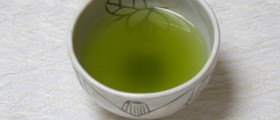
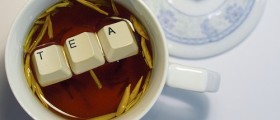
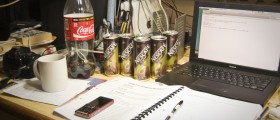
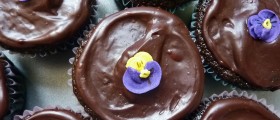
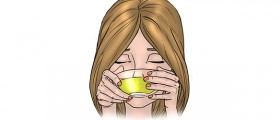

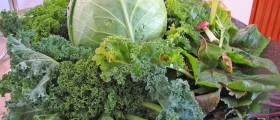
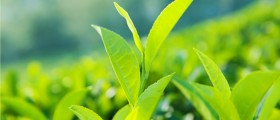
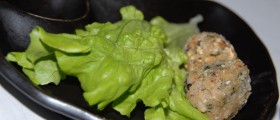
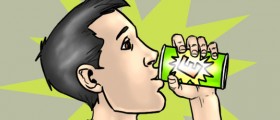
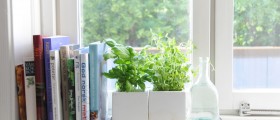
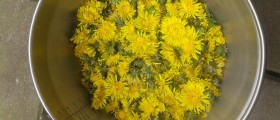
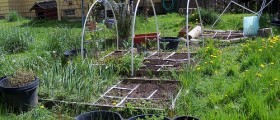
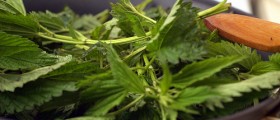
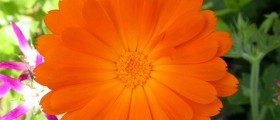
Your thoughts on this
Loading...